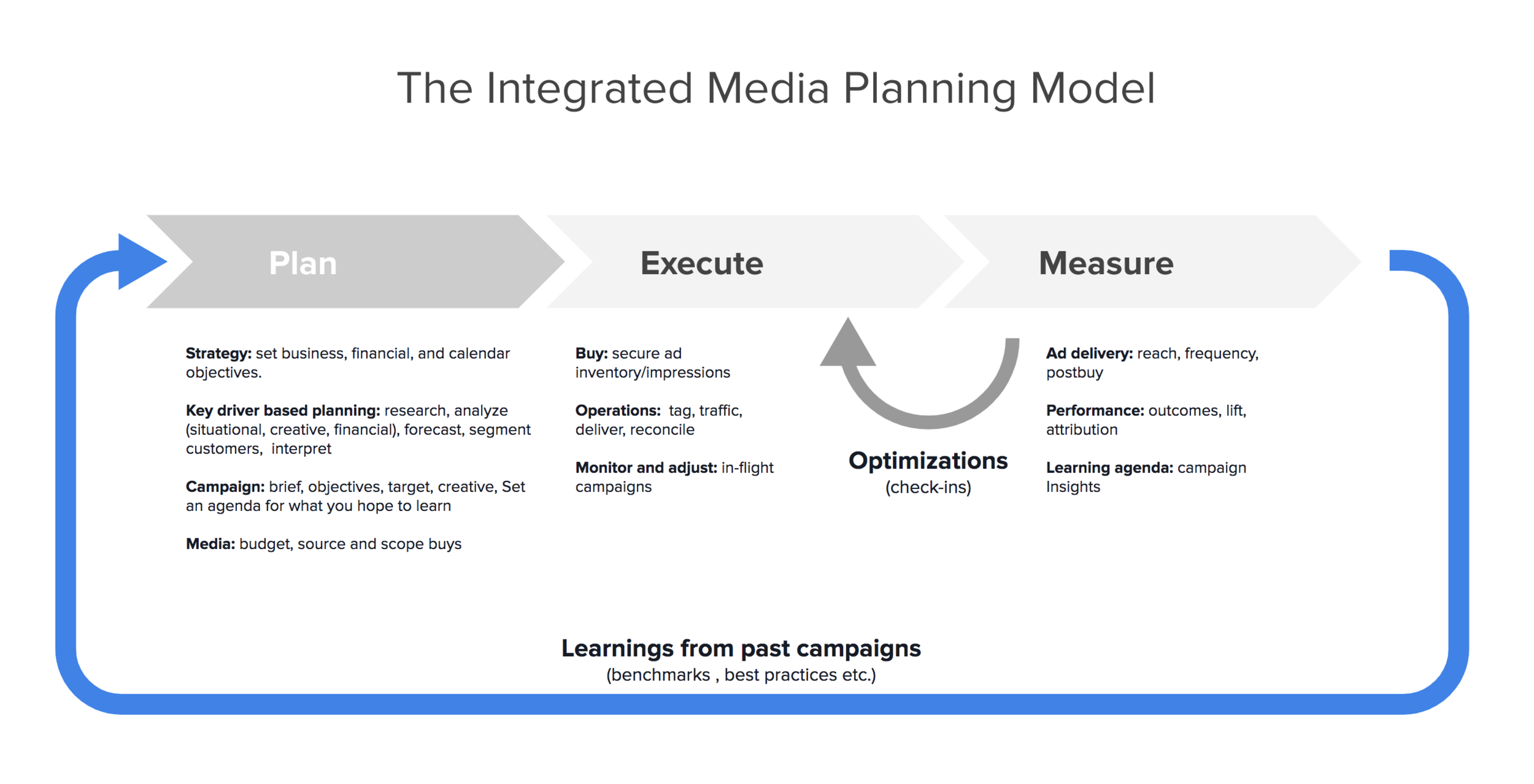How Wavo Approaches Integrated Media Planning for Music
/Marketing measurement is a challenge in the music industry. Part of this comes down to the sheer amount of content artists create and distribute.
Between song releases, music videos, live events, and merch lines, labels and agencies have a wide variety of marketing campaigns going on at all times, causing an explosion of signals that need to be tracked and measured.
These signals—song plays, video views, downloads, likes, ad clicks, add-to-carts—also happen across worldwide markets where consumer behavior can vary widely, making it hard to know what you should and shouldn’t expect from your marketing efforts.
To measure effectively, you need a strategic, systematic, and scalable approach.
We use integrated media planning to identify and select signals and KPIs according to the goals of each unique campaign, whether that’s raising awareness for a new single or selling out a tour. Only once this is done can marketers properly measure and optimize performance.
The three key stages of integrated media planning—plan, execute, and measure—are part of a continuous feedback loop, in which the results generated at the end of each campaign are fed back into the next plan to help shape it.
As summed up by global research firm Gartner in their 2020 report, Market Guide for Integrated Media Planning Tools, “planning shouldn’t happen in a vacuum.”
The more this process is repeated, the more accurate media plans become (by building benchmarks), the more efficient marketers get in achieving specific goals, and the faster decisions can be made (like choosing creative from best practices).
1. Plan the Campaign
Planning is the first step in the media planning process, and arguably the most important, since it is when data from previous campaign is collected by media planners and used to evaluate decisions about budget, platforms, audiences, and creative.
Getting this information together is necessary to build an accurate media plan. In a 2019 business planning study by IBM and Ventana Research, 30% of respondents said that the accuracy of their plans “depends on having accurate and timely data from other parts of the organization,” including sales, customers, and accounting.
With a full picture of an artist’s marketing activities, media planners can forecast multiple what-if scenarios and determine the right combination of media and budget needed to reach the right audience and achieve a specific goal.
Wavo Planning Analytics, currently an internal-only product.
2. Execute the Strategy
The contents of a media plan serve as a guide for ad operations teams to set ads up on the right channels, choose the right audiences, set the right budgets, and so on.
As the campaign runs it’s course, optimizations are made to better achieve goals, whether’s that shifting marketing investment to the platform where costs are lowest or toward an audience that is spending the most.
Watch how we use Spotify to reach fans through audio advertising:
3. Measure the Results
In order to demonstrate results, marketers need a simple way to compare final campaign performance to their original plan.
Though many organizations continue to rely on spreadsheets for measurement, they are too rigid of a tool and tend to break when major changes are made.
Our Marketing Analytics software, now in beta, offers everything you need to measure cross-channel artist campaigns, including goal pacing, data visualizations, and KPI comparisons that can be manipulated based on campaign requirements.
This way, you can quantify the impact of marketing across global markets, gain support for initiatives, and secure budgets for future campaigns.
With only 10% of organizations able to measure the impact of marketing on business overall, it’s crucial to have an application that demonstrates campaign value for stakeholders.
Wavo Marketing Analytics for music, Now Available in Beta



